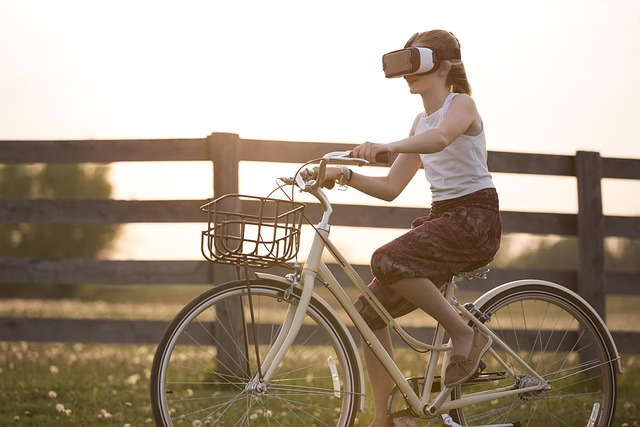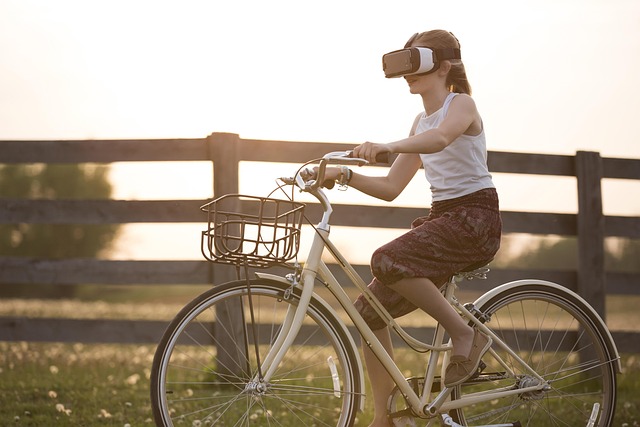
Exploring the Digital Ecosystem: Virtual Reality, Augmented Reality, and the Metaverse
The concept of a digital ecosystem is rapidly transforming the landscape of interaction, bringing with it innovative technologies that are reshaping how we perceive reality. Among these groundbreaking technologies, Virtual Reality (VR) and Augmented Reality (AR) stand out, providing immersive experiences that blur the lines between the real and the virtual. But as we explore further, the emergence of the Metaverse presents a holistic approach to this ever-evolving digital ecosystem.
Virtual Reality immerses users in a completely artificial environment, allowing for an escape from the physical world. Think about donning a VR headset and suddenly finding yourself exploring ancient ruins, diving into the ocean’s depths, or participating in a concert with friends spread across the globe. This level of escapism fosters a sense of community and engagement that traditional forms of interaction simply cannot replicate. Whether you’re battling zombies alongside friends in a virtual world or attending a business meeting with colleagues from varied locations, the possibilities are endless and profoundly captivating.
On the other hand, Augmented Reality enhances the physical world by overlaying digital information onto our surroundings. Imagine walking through a museum and using your phone to view in-depth details about an artwork right before your eyes. This technology has practical applications in various fields, from education to real estate, enhancing our understanding of the world without disconnecting us from it. AR empowers us to interact more profoundly with our environment, rendering the experience richer and more informative.
As we navigate this digital ecosystem, the Metaverse stands out as a universe where VR, AR, and various digital interactions converge. The Metaverse is a shared, persistent space that transcends individual experiences, allowing users to meet, work, and play across various digital dimensions. It is an embodiment of collective interaction, where geographical barriers dissolve and social dynamics shift. Users can explore different worlds, create their own content, and even participate in economies that mirror those in the physical world. Beyond gaming, the Metaverse integrates social networking, education, and commerce, fostering an unprecedented level of engagement.
The implications of these technologies are vast. As we embrace this digital ecosystem, we find ourselves at a crossroads between virtual experiences and real-world applications. The potential for enhancing education, revolutionizing work environments, and reshaping entertainment is immense. Furthermore, the impact these technologies have on social dynamics prompts us to rethink the nuances of human interaction in a digital age.
This digital ecosystem invites us to engage in meaningful ways, pushing the boundaries of imagination and creativity. As we continue to explore and understand these technologies, the opportunity to redefine our interactions and connections within these virtual realms becomes more pronounced. Each day, new innovations emerge, encouraging us to adapt and evolve our approach to both the digital and physical worlds.
With the convergence of VR, AR, and the Metaverse, we are not just spectators but active participants in this exciting journey. The future promises a blend of tangible and intangible experiences that will undoubtedly enhance the way we live, learn, and interact. So, as we dive deeper into this digital ecosystem, let us be inspired by the possibilities and remain open to the myriad experiences that await us.



